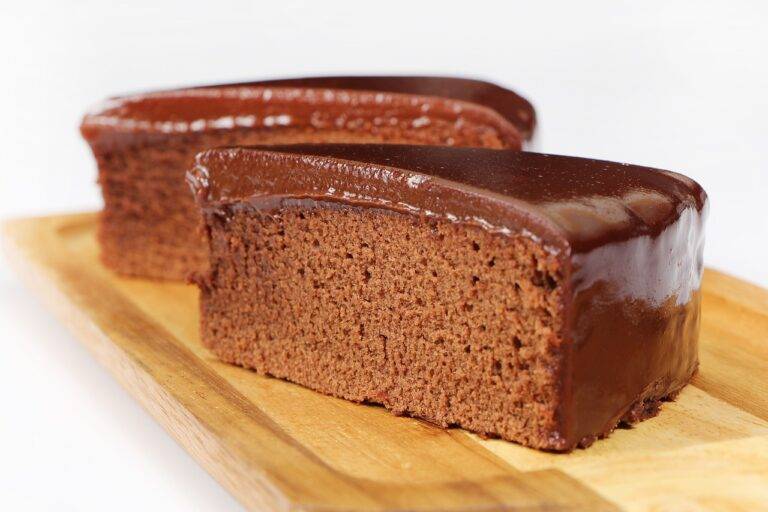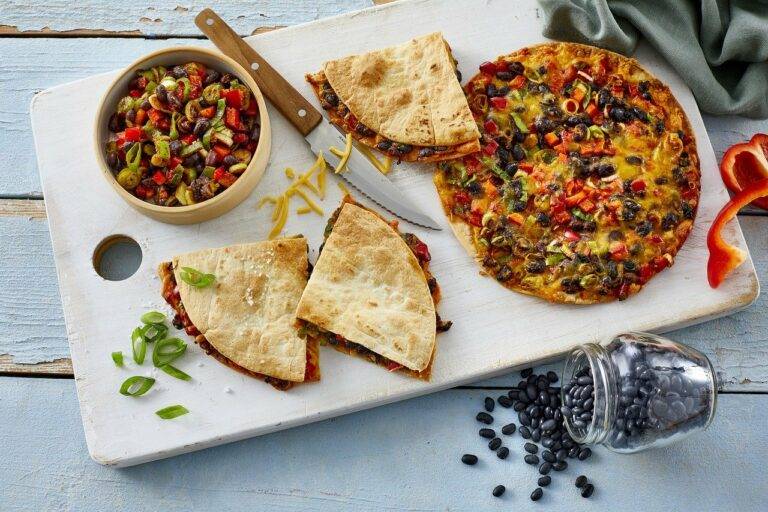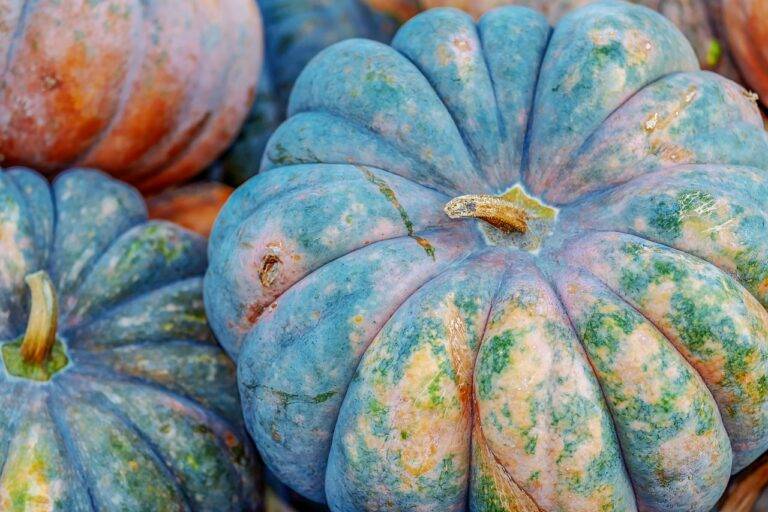Exploring the World of Traditional Pasta Making
Pasta has been a staple food in many cultures for centuries. The art of making traditional pasta dates back to ancient times, with evidence of pasta-like dishes found in archaeological excavations dating back to the 4th century BC. The introduction of durum wheat, which is hard and high in gluten, revolutionized pasta making and allowed for the creation of a variety of pasta shapes and sizes.
Throughout history, pasta making techniques have been passed down from generation to generation, with each culture adding its own unique twist to the process. From the hand-rolling and cutting methods used by Italian grandmothers to the intricate folding and shaping techniques of Chinese noodle makers, traditional pasta making is a true labor of love. The use of simple ingredients like flour, water, and sometimes eggs, combined with the skillful hands of the pasta maker, results in a delicious and versatile food that has stood the test of time.
Types of Traditional Pasta Around the World
Italy is known for its vast array of traditional pasta shapes, each region boasting its own specialties. From the long and slender spaghetti to the small and twisted fusilli, Italian pasta offers a diverse range of textures and flavors. In the north, you’ll find hearty dishes like pizzoccheri, a flat ribbon pasta made with buckwheat flour, often paired with potatoes, cabbage, and cheese. Moving south, the iconic shapes of orecchiette and cavatelli dominate in Puglia, perfect for catching rich tomato sauces or hearty meat ragus.
Beyond Italy, countries like Japan and China have their own traditional pasta variations that showcase unique ingredients and flavors. In Japan, soba and udon noodles reign supreme, made from buckwheat flour and wheat flour, respectively. Served in hot broths or chilled with dipping sauces, these noodles are a staple of Japanese cuisine. Meanwhile, in China, the wide and chewy strands of hand-pulled noodles take center stage in dishes like beef noodle soup or stir-fried with vegetables and protein. Each culture’s traditional pasta reflects the local ingredients and culinary customs, offering a taste of tradition in every bite.
What is the history of traditional pasta making?
Traditional pasta making has a long history dating back to ancient civilizations such as the Etruscans and Romans. The process of making pasta involves mixing flour with water or eggs to form a dough, which is then shaped into various pasta shapes.
What are some types of traditional pasta around the world?
Some types of traditional pasta around the world include Italian pasta varieties such as spaghetti, fettuccine, and penne, as well as Asian noodles like ramen and soba. Other examples include German spaetzle, Greek orzo, and Mexican fideos.
How is traditional pasta different from modern pasta?
Traditional pasta is often made with simple ingredients such as flour and water or eggs, whereas modern pasta may contain additional ingredients like preservatives or artificial flavors. Traditional pasta shapes may also vary from region to region, reflecting local culinary traditions.
Are there any health benefits to eating traditional pasta?
Traditional pasta made from whole wheat flour can be a good source of fiber and complex carbohydrates, which can help regulate blood sugar levels and promote digestive health. However, pasta dishes high in saturated fat or sodium should be consumed in moderation.





